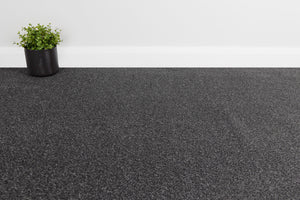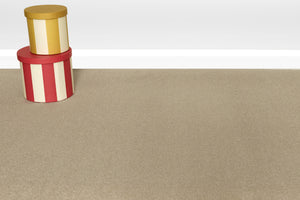
Vinyl flooring is one of the most popular choices for modern homes. It's affordable, stylish, durable, and surprisingly easy to install with a bit of preparation.
Whether you're refreshing a bathroom, kitchen, or hallway, this guide will show you how to lay vinyl flooring step by step. We'll also share graphics to make each stage easy to follow.
Table of Contents
-
Why Choose Vinyl Flooring
-
What You’ll Need
-
Step-by-Step: How To Lay Vinyl Flooring
1. Prepare Your Subfloor
2. Measure and Plan
3. Cut Vinyl to Fit
4. Apply Adhesive or Lay Loose Lay
5. Press and Smooth Vinyl
6. Trim Edges and Finish
-
Tips for Best Results
-
Final Note: Transform Your Space
Why Choose Vinyl Flooring
Vinyl is a fantastic option for busy households because it’s:
-
Water-resistant and durable
-
Easy to clean and maintain
-
Available in a huge range of styles and colours
- Budget-friendly compared to tile or hardwood
Shop the Vinyl Flooring Range today
What You’ll Need
-
Tape measure
-
Utility knife
-
Straight edge or metal ruler
-
Spray Adhesive
-
Roller or heavy object for pressing seams
-
Cleaning supplies for subfloor
-
Vinyl flooring measuring guide
Step-by-Step: How To Lay Vinyl Flooring
1. Prepare Your Subfloor

-
Clean and dry: Remove dust, debris, and grease.
-
Check for damage: Repair holes or cracks.
-
Level the surface: Use floor levelling compound if needed.
-
Remove old flooring if necessary.
2. Measure and Plan

-
Measure the room length and width.
-
Add 5–10 cm extra for trimming.
-
Plan layout to avoid narrow strips at walls.
3. Cut Vinyl to Fit

-
Roll out vinyl in a large, clean area.
-
Mark measurements carefully with pencil and straight edge.
-
Use a utility knife for precise cuts.
4. Apply Adhesive and Lay Vinyl

-
Spray adhesive in small sections.
-
Roll out and lay the vinyl on top carefully.
-
Prevent any air bubbles or bumps as you go
5. Press and Smooth Vinyl

-
Smooth from centre out to remove air bubbles.
-
Use a roller or heavy object to press seams and edges.
6. Trim Edges and Finish

-
Use a utility knife to trim excess around walls, corners, and fixtures.
-
Fit carefully around door frames or pipes.
-
Install door bars or trim if needed.
Tips for Best Results
-
Let vinyl acclimate to room temperature for 24 hours before installation.
-
Always follow manufacturer guidelines.
-
Change blades often for clean cuts.
-
Work slowly and carefully. Measure twice, cut once.
-
Consider contacting us for advice for tricky spaces.
Final Note: Transform Your Space
Laying vinyl flooring yourself can be a rewarding project that saves money and transforms your space beautifully.
With the right preparation and clear steps, you can achieve a professional finish even as a beginner.
Ready to get started?
Browse our vinyl flooring range or contact us today for advice, samples, and expert support.





